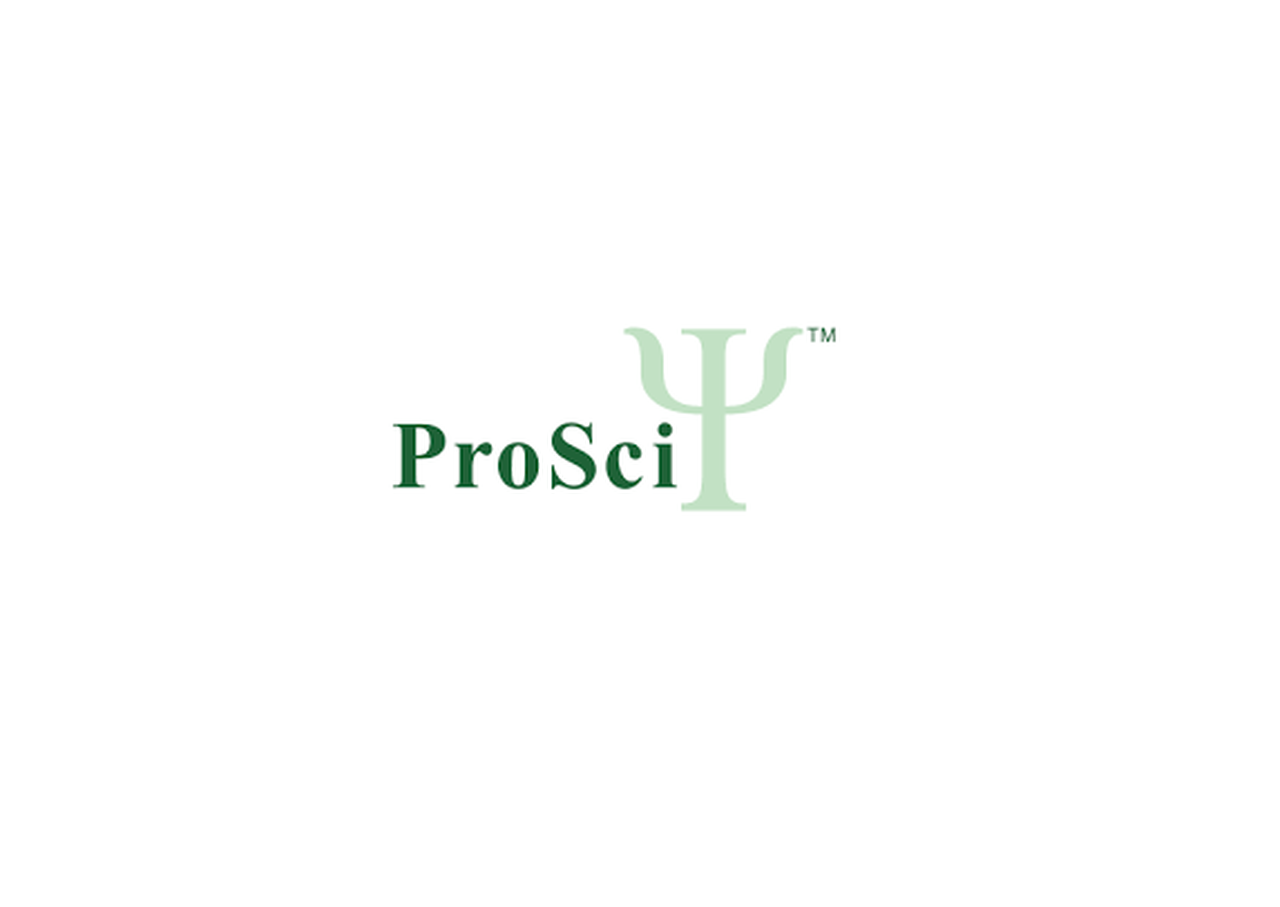Product Description
USP16 Antibody | 58-690 | ProSci
Host: Rabbit
Reactivity: Human
Homology: Predicted species reactivity based on immunogen sequence: Monkey
Immunogen: This USP16 antibody is generated from rabbits immunized with a KLH conjugated synthetic peptide between 132-160 amino acids from the N-terminal region of human USP16.
Research Area: Cell Cycle
Tested Application: WB
Application: For WB starting dilution is: 1:1000
Specificiy: N/A
Positive Control 1: N/A
Positive Control 2: N/A
Positive Control 3: N/A
Positive Control 4: N/A
Positive Control 5: N/A
Positive Control 6: N/A
Molecular Weight: 94 kDa
Validation: N/A
Isoform: N/A
Purification: This antibody is purified through a protein A column, followed by peptide affinity purification.
Clonality: Polyclonal
Clone: N/A
Isotype: Rabbit Ig
Conjugate: Unconjugated
Physical State: Liquid
Buffer: Supplied in PBS with 0.09% (W/V) sodium azide.
Concentration: batch dependent
Storage Condition: Store at 4˚C for three months and -20˚C, stable for up to one year. As with all antibodies care should be taken to avoid repeated freeze thaw cycles. Antibodies should not be exposed to prolonged high temperatures.
Alternate Name: Ubiquitin carboxyl-terminal hydrolase 16 {ECO:0000255|HAMAP-Rule:MF_03062}, 341912 {ECO:0000255|HAMAP-Rule:MF_03062}, Deubiquitinating enzyme 16 {ECO:0000255|HAMAP-Rule:MF_03062}, Ubiquitin thioesterase 16 {ECO:0000255|HAMAP-Rule:MF_03062}, Ubiquitin-processing protease UBP-M, Ubiquitin-specific-processing protease 16 {ECO:0000255|HAMAP-Rule:MF_03062}, USP16 {ECO:0000255|HAMAP-Rule:MF_03062}
User Note: Optimal dilutions for each application to be determined by the researcher.
BACKGROUND: This gene encodes a deubiquitinating enzyme that is phosphorylated at the onset of mitosis and then dephosphorylated at the metaphase/anaphase transition. It can deubiquitinate H2A, one of two major ubiquitinated proteins of chromatin, in vitro and a mutant form of the protein was shown to block cell division. Alternate transcriptional splice variants, encoding different isoforms, have been characterized.
 Euro
Euro
 USD
USD
 British Pound
British Pound
 NULL
NULL














